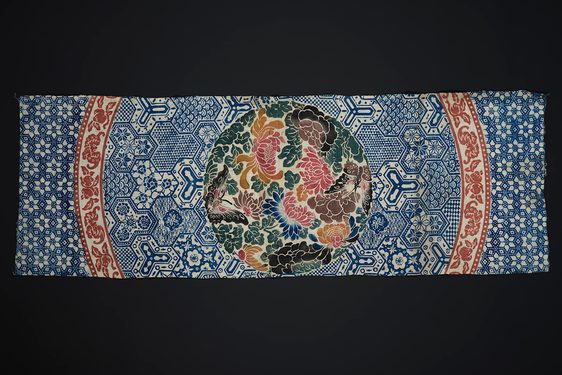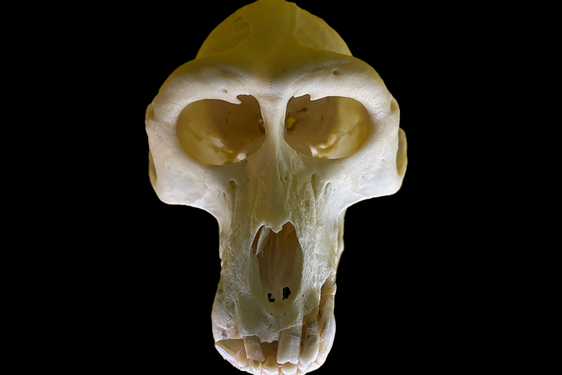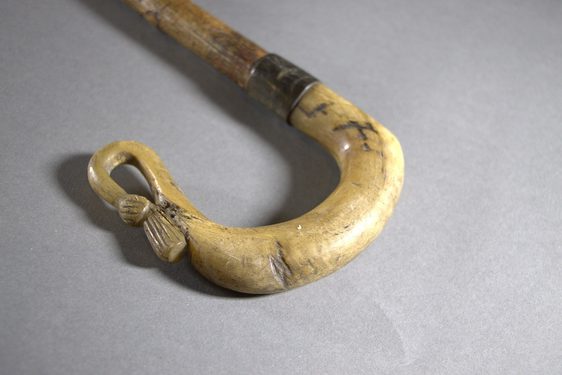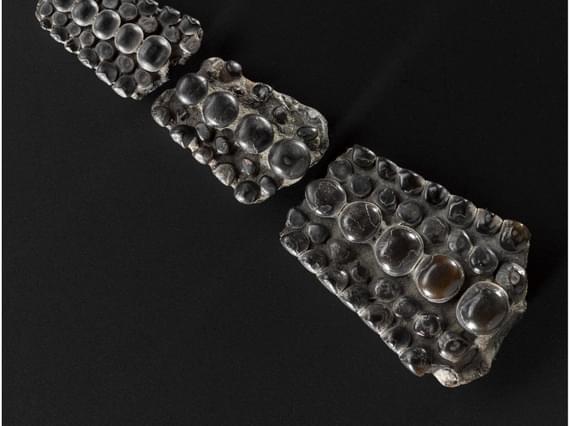
Snakestones, toadstones, and other myths about fossils
News Story
Until the 1700s it was common to believe natural objects with an unusual shape or form held supernatural properties. This included fossils. Some fossils were thought to be fabulous creatures with mystical origins, healing, or protective powers. People used them as charms or amulets to bring good luck and ward off evil. Other fossils were thought to have fallen from the skies. They became objects of admiration and people sought to acquire them. We delve into some of strange beliefs and names people associated with fossils.
Snakestones
In medieval Europe people thought ammonites resembled petrified curled-up snakes, calling them snakestones. We now know ammonites are extinct marine molluscs related to octopuses, squid, and cuttlefish. These molluscs lived between 201 and 66 million years ago in the Jurassic and Cretaceous periods.
People believed snakestones could cure cramps and offer protection against snake bites. Enterprising Victorians carved heads on ammonite fossils to increase the value of specimens.
Saint Hilda, the 7th century Saxon abbess of Whitby, is often depicted with ammonites. According to legend she rid the area of snakes by turning them into stones to clear the area where she wanted to build her convent. People living in the area believed the ammonites they found were the petrified snakes of the legend. The ammonite Hildoceras, which is an ammonite common around Whitby, was named in her honour.
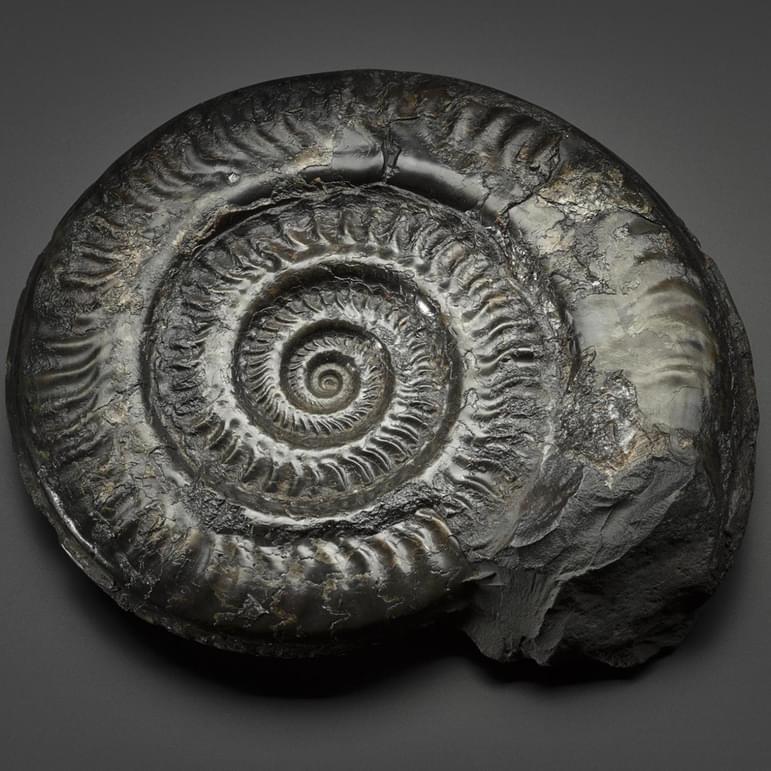
Fossil ammonite, Hildoceras bifrons from the Jurassic of Whitby, Yorkshire, England. Museum reference G.1968.67.54.
Lynx stones and Thunder bolts
Belemnites are the fossils of a squid-like animal. They are now extinct but lived 201 to 66 million years ago, during the Jurassic to the Cretaceous Periods. People called them various names.
Lynx stones
During medieval times these fossil belemnites were called lynx stones. The Ancient Greeks believed urine from the European lynx solidified into precious stones. The Ancient Romans doubted this myth, but it spread in medieval Europe through the publication of Bestiaries (a book describing animals in medieval times). The stones were highly prized but were not always easy to find because the lynx would bury them from sight. When burned, these fossils emit a smell similar to cat urine, hence the association with the lynx. In 13th century England people mixed the stones with herbal ingredients and wine as a remedy against bladder stones.
Thunder bolts or Thunder stones
The dart shape of belemnites also led people to believe they fell from the sky during thunderstorms. They became known as thunder bolts or thunder stones and people believed they could offer protection from lightning strikes.

Belemnite fossil. Museum reference G.2016.24.2.
Toadstones
These are the fossilised crushing teeth of an extinct type of fish like Lepidotes common in the Jurassic Period, 200 to 145 million years ago.
People thought they were mythical stones found inside the head of a toad, so they became known as toadstones. They believed these stones could sweat, change colour or even heat up in the presence of poison. They placed the stones on snake, insect, spider, and shrew bites to extract poison from the wound. The ‘Book of Secrets’ from the 13th century recommends swallowing the stone to 'cleanse the bowels of filth and excrements'. After use, people could retrieve the stone and reuse it!
Toadstones were often made into charms and talismans. This practice continued in Europe until the 18th century.
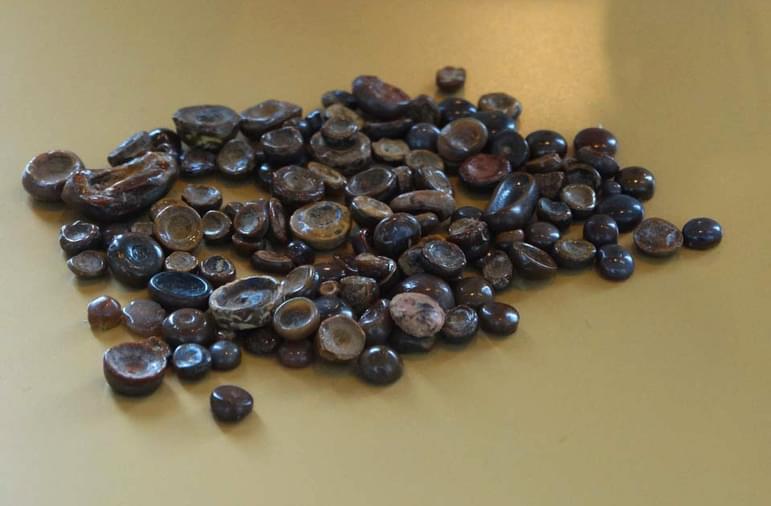
Over twenty specimens of Lepidotes. Museum reference G.2016.26.1.
St. Cuthbert’s beads
Crinoids are marine animals belonging to the echinoderms, a group including starfish, brittle stars, sea cucumbers, and sea urchins. They originated in the Ordovician Period, 480 million years ago, and are living in modern seas.
In part of Northumberland, individual columnals from the stem of crinoids were thread together to make rosaries. These are known as St Cuthbert’s beads, named after Saint Cuthbert, a monk at Lindisfarne, also known as Holy Island, monastery, who is also associated with the legend of the snakestones in Whitby. In other parts of England, round columnals of crinoids are known as fairy money.
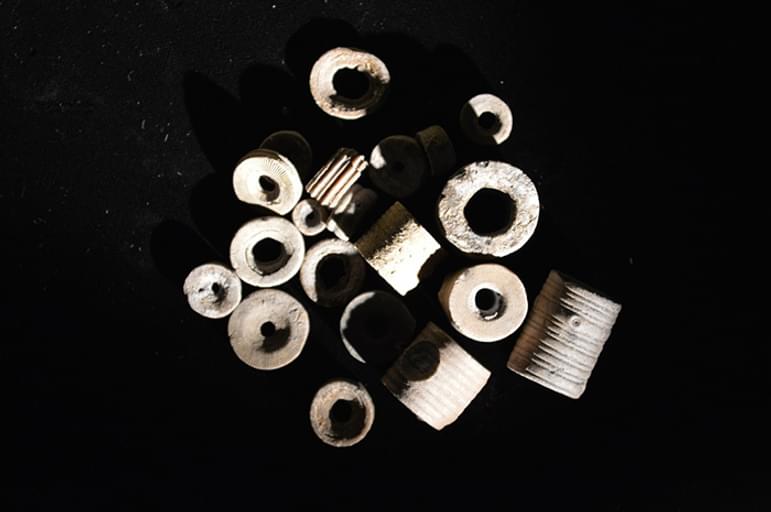
Crinoid columnals. Museum reference G.2016.24.12.
Snake eggs
Echinoids are marine animals originating in the middle of the Ordovician Period, about 465 million years ago, and are living in modern seas. They are nicknamed sea urchins.
A particular type of sea urchin with numerous pustules on their test, named Hemicidaris, was called ‘snake eggs’ or ovum anguinum. These were thought to be tossed in the air by entwined snakes at midsummer, and if you could catch them in mid-air, they would retain their magical powers. People believed they offered protection from poison and other illnesses, and if you possessed one you would be ensured victory in battle.

Fossil echinoid, Hemicidaris intermedia, from the Jurassic of Caline, Wiltshire, England. Museum reference G.1874.42.69.
Devil's toenails
Gryphaea arcuata are fossilised oyster shells from the beginning of the Jurassic Period, 201 to 175 million years ago. People thought they were the devil's toenails, because of their curved, hoof like shape, and believed they were a cure for arthritis because of their contorted shape.

Gryphaea discovered on Skye.
Serpents
Stigmaria is the name of the fossilised roots of large extinct tree-like plants from the Carboniferous and Permian Periods, 359 to 252 million years ago. People thought they were serpents or a fresh-water fish, because of the resemblance with short and thick scales of a fish. No magical or healing powers were associated with these fossils.
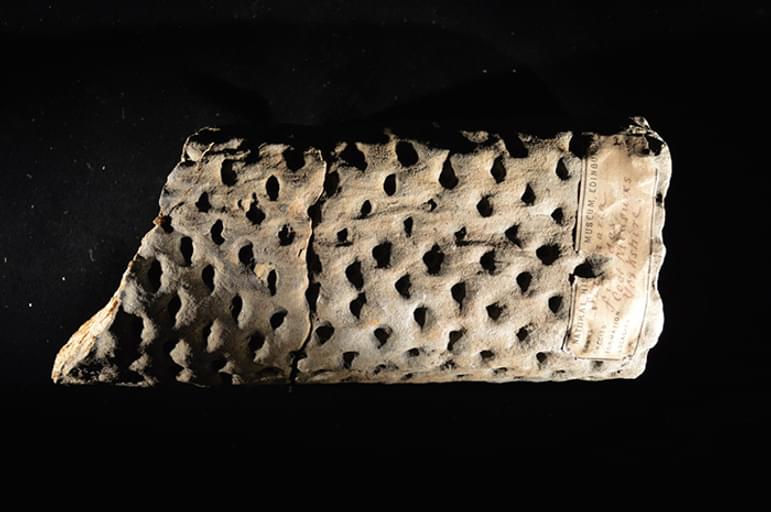
Stigmaria. Museum reference G.1859.33.3226.
